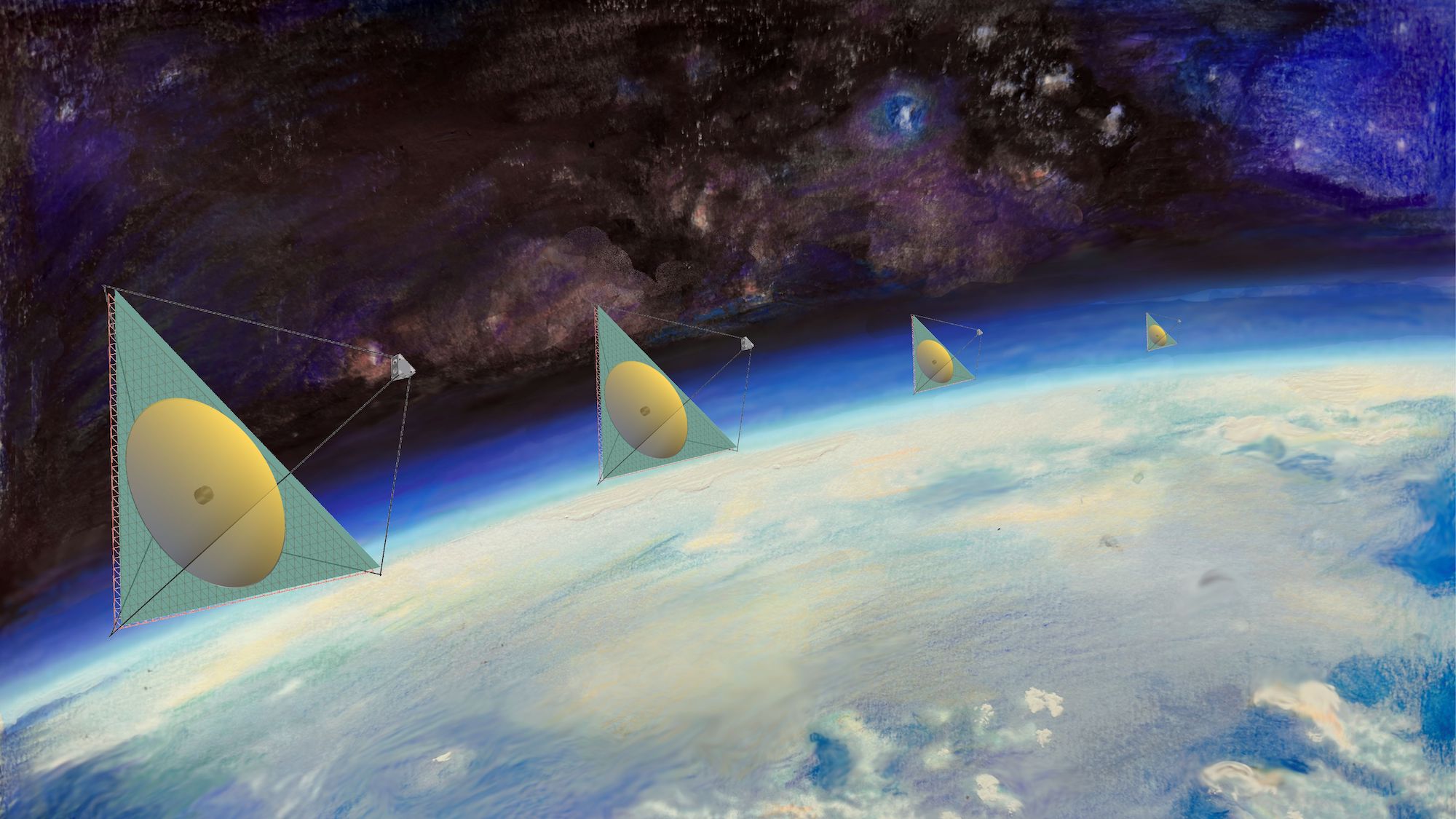

It took years of design and engineering toil to successfully get the largest-ever telescope mirror into space. Now, the James Webb Space Telescope’s trademark, 6.5-meter-in-diameter, gold-coated array orbits the sun 1.5 million kilometers above Earth, routinely providing stunning, previously inaccessible views of the universe. As incredible as its results are, however, a new, promising “mirror membrane” breakthrough is already in the works that could one day show scientists space in a new way.
According to a recent announcement from Germany’s Max Planck Institute for Extraterrestrial Physics, researcher Sebastian Rabien has reportedly designed a lighter, thinner, more cost-efficient reflective material that is hypothetically capable of producing telescope mirrors 15-20 meters wide. Detailed in a paper published with the journal Applied Optics, Rabien first evaporated a currently unspecified liquid within a vacuum chamber, which slowly deposits on interior surfaces before combining to form a polymer that eventually forms the mirror’s base.
[Related: Ice giant Uranus shows off its many rings in new JWST image.]
Telescope mirrors require a parabola shape to concentrate light towards a single spot. To achieve this, Rabien and his team positioned a rotating container containing additional liquid inside the vacuum chamber. That newly introduced liquid forms a “perfect parabolic shape,” which the polymer then grows upon to form the mirror’s base. As Space.com notes, “a reflective metal layer is applied to the top via evaporation and the liquid is washed away.”
“Utilizing this basic physics phenomenon, we deposited a polymer onto this perfect optical surface, which formed a parabolic thin membrane that can be used as the primary mirror of a telescope once coated with a reflecting surface such as aluminum,” explained Rabien in the announcement.
At this stage, although the material in the study could be easily folded or rolled up to pack away for delivery to space, that optimal parabolic shape would be “nearly impossible” to reform. To solve this issue, researchers developed a new thermal method utilizing localized, light-derived temperature changes to gain an adaptive shape control which could bring the membrane back into its necessary optical shape.
[Related: NASA reveals James Webb Space Telescope first finds.]
In addition to its telescopic applications, the new mirror membranes could be used for adaptive optic systems. These systems rely upon deformable mirrors to compensate for incoming light distortion. Given the new material’s extreme malleability, the mirrors could be shaped via electrostatic actuators in a way that is less expensive than existing methods.
Looking ahead, Rabien’s team hopes to conduct further experiments to improve the membrane’s malleability, as well as improve how much initial distortion it can handle. There are also plans for even larger final products—a goal that could be integral to getting the new advancement into space.
